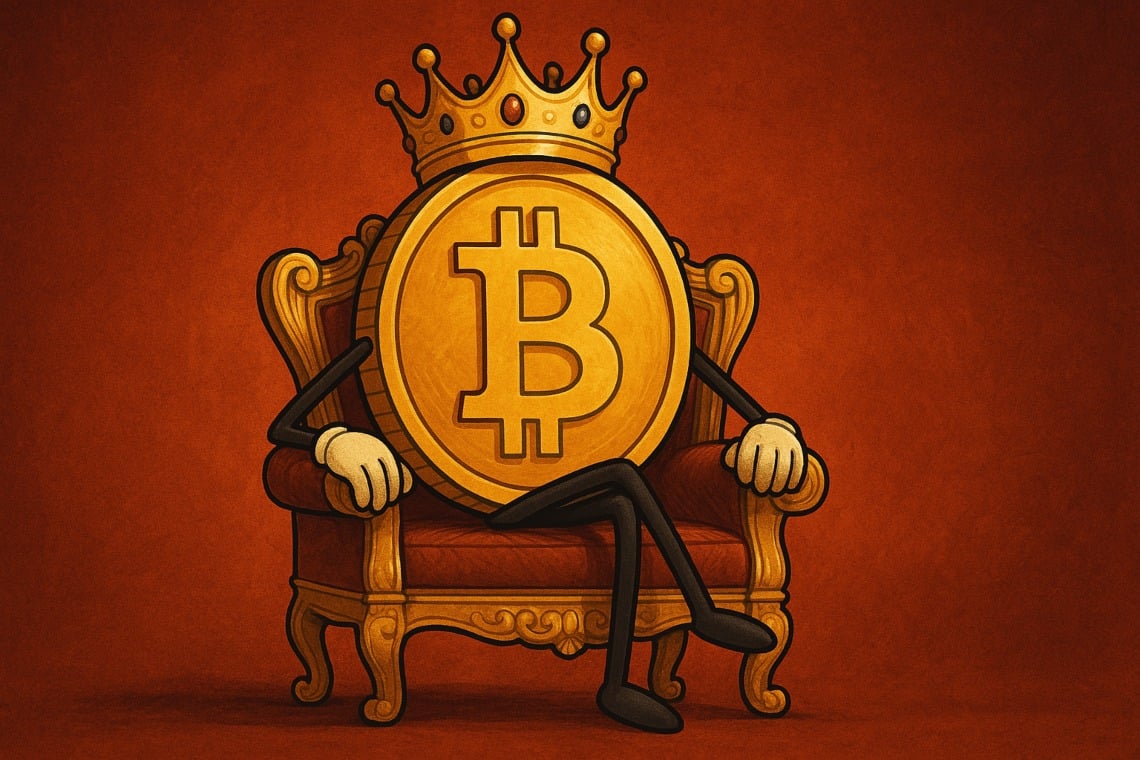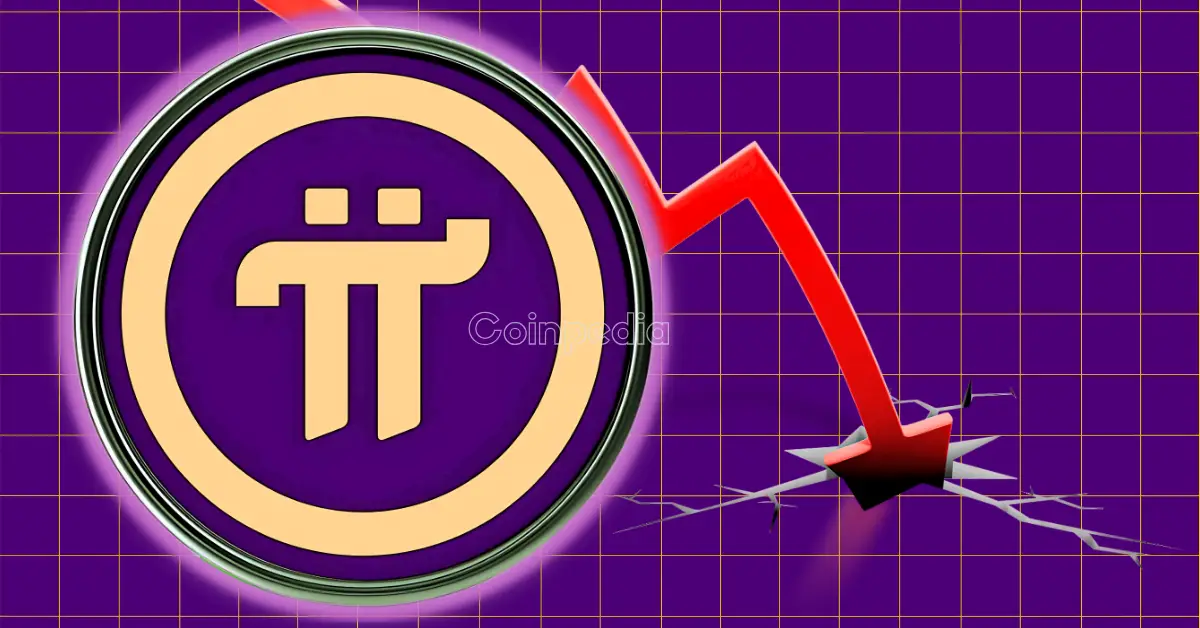Bitcoin’s Role as “Digital Gold” Under Scrutiny: JPMorgan Analysts Weigh In
In the ever-evolving world of cryptocurrencies, Bitcoin continues to hold the crown as the largest and most well-known digital asset. Its proponents have long compared it to gold, citing its finite supply, decentralized nature, and potential as a store of value. However, recent market volatility and ETF outflows have raised doubts about Bitcoin’s ability to live up to this moniker.
Volatility: A Double-Edged Sword
Volatility has long been a defining characteristic of Bitcoin. While some view it as a sign of excitement and potential for massive gains, others see it as a major hindrance to its acceptance as a reliable store of value. JPMorgan analysts, in a recent report, highlighted this issue, stating, “Bitcoin’s volatility is a key reason why it has yet to establish itself as a viable alternative to gold.”
The report goes on to explain that during periods of market stress, investors often turn to traditional safe-haven assets like gold. However, the extreme volatility of Bitcoin makes it a riskier proposition, as its value can swing wildly in a short period. This is in contrast to gold, which has historically shown more stability.
ETF Outflows: A Sign of Waning Interest
Another point of concern raised by JPMorgan analysts is the recent outflows from Bitcoin ETFs. These investment vehicles allow investors to gain exposure to Bitcoin without actually owning the asset. The report notes that “the recent outflows from Bitcoin ETFs suggest that institutional investors are becoming less interested in the cryptocurrency.”
This trend is particularly noteworthy because institutional investors are seen as key players in the Bitcoin market. Their involvement can help stabilize the market and provide a level of legitimacy to the digital asset. However, if they continue to exit Bitcoin ETFs, it could lead to further price declines and erode confidence in the cryptocurrency.
What Does This Mean for Me?
If you are a Bitcoin investor, these developments could mean increased risk and potential losses. It is important to keep a close eye on market conditions and be prepared for volatility. Diversification across different cryptocurrencies and traditional assets can help mitigate risk. Furthermore, staying informed about regulatory developments and market trends can help you make informed decisions.
What Does This Mean for the World?
The implications of these developments for the world at large are more far-reaching. Bitcoin’s volatility and the waning interest from institutional investors could dampen the enthusiasm for cryptocurrencies as a whole. This, in turn, could slow down the pace of adoption and innovation in the space. However, it is important to remember that Bitcoin is just one piece of the cryptocurrency puzzle. Other digital assets, like Ethereum and Stablecoins, continue to gain traction and offer unique value propositions.
Conclusion
In conclusion, the role of Bitcoin as “digital gold” is being put to the test in the face of volatility and waning institutional interest. While these developments are cause for concern, it is important to remember that the cryptocurrency landscape is constantly evolving. Staying informed and adaptable is key to navigating the challenges and opportunities that lie ahead.
- Bitcoin’s volatility makes it a less reliable store of value compared to gold
- Recent ETF outflows suggest waning interest from institutional investors
- Increased risk for Bitcoin investors
- Slower pace of adoption and innovation in the cryptocurrency space
- Staying informed and adaptable is key to navigating the challenges and opportunities in the cryptocurrency market





